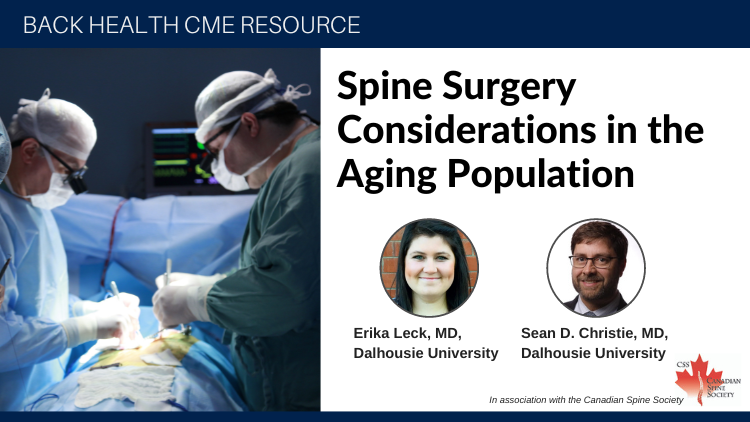1 Department of Surgery (Neurosurgery) Dalhousie University.
2 Vice-Chair and Director of Research Professor, Division of Neurosurgery , Department of Surgery (Neurosurgery), Healthy Populations Institute Flagship Project Co-Lead, Creating Sustainable Health Systems in a Climate Crisis, Dalhousie University.
